Home>Gardening & Outdoor>Landscaping Ideas>What Type Of Clover Is Best For Lawns
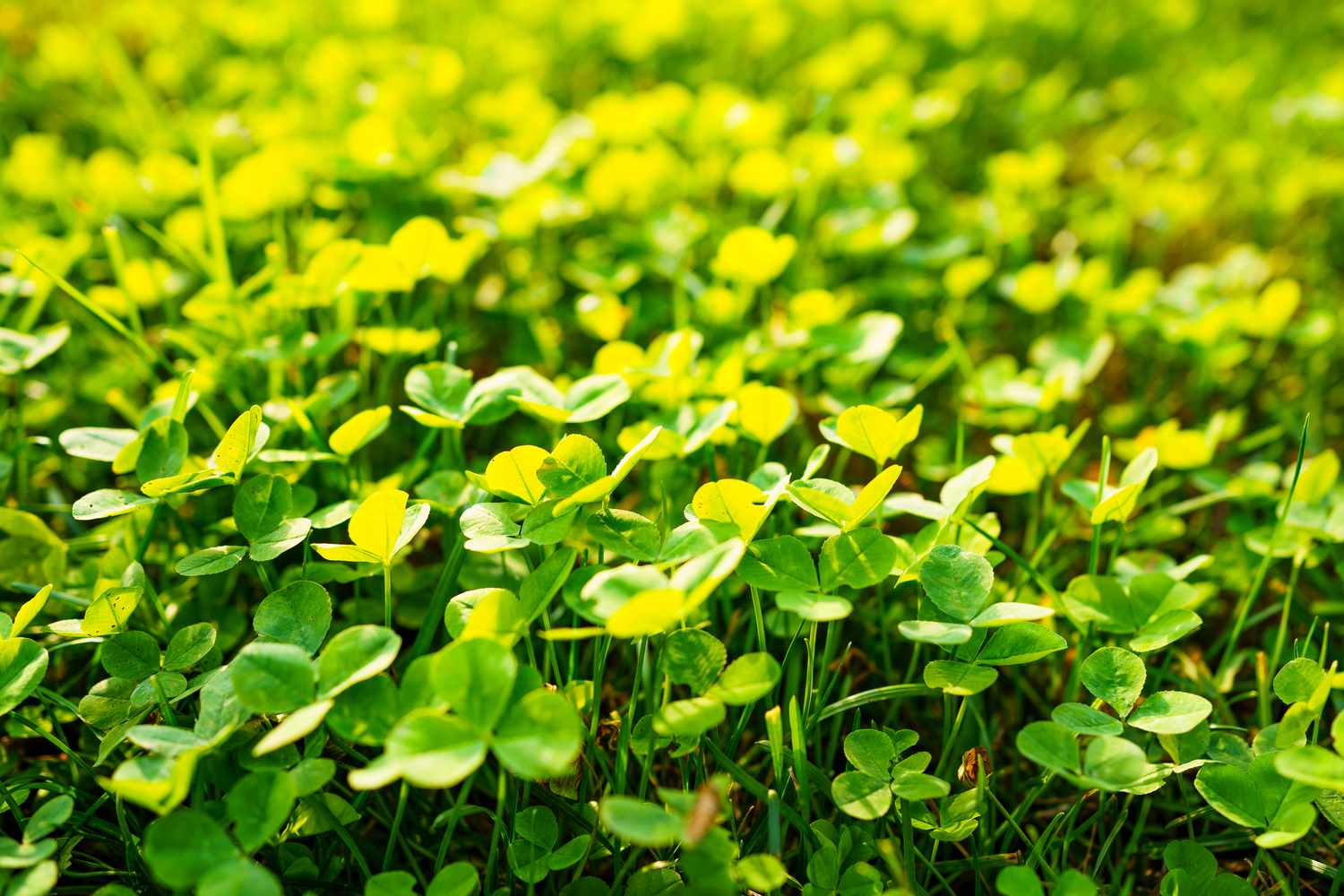

Landscaping Ideas
What Type Of Clover Is Best For Lawns
Published: December 25, 2023
Discover the best clover for your lawn with our expert landscaping ideas. Find the perfect type of clover to enhance your outdoor space.
(Many of the links in this article redirect to a specific reviewed product. Your purchase of these products through affiliate links helps to generate commission for Storables.com, at no extra cost. Learn more)
Introduction
When it comes to creating a lush and vibrant lawn, many homeowners are turning to alternative landscaping methods that promote sustainability and environmental friendliness. One such method involves incorporating clover into traditional grass lawns, a practice that has gained popularity for its numerous benefits. In this article, we will explore the different types of clover that are best suited for lawns, their unique characteristics, and the advantages they offer to homeowners. Whether you are a seasoned gardener or a novice enthusiast, understanding the diverse options available for clover lawns can help you make informed decisions about enhancing the beauty and resilience of your outdoor space.
Clover has long been recognized for its ability to enrich soil quality and support biodiversity. Its nitrogen-fixing properties make it a valuable companion to grass, as it naturally replenishes the soil with essential nutrients, reducing the need for chemical fertilizers. Additionally, clover's deep root system aids in moisture retention, making it well-adapted to varying weather conditions and contributing to overall water conservation. Moreover, the presence of clover in lawns can attract pollinators such as bees and butterflies, fostering a thriving ecosystem right in your backyard.
As we delve into the specific types of clover suitable for lawns, it's important to note that each variety offers distinct advantages and visual appeal. From the classic white clover to the vibrant hues of red clover and the resilience of alsike clover, there is a diverse range of options to consider based on your climate, soil type, and aesthetic preferences. By understanding the unique characteristics of each type of clover, you can make an informed choice that aligns with your landscaping goals.
In the following sections, we will explore the benefits of incorporating clover into lawns, delve into the characteristics of red clover, white clover, and alsike clover, and provide recommendations for different lawn types. By the end of this article, you will have gained valuable insights into the world of clover lawns, empowering you to make environmentally conscious decisions while creating a visually stunning and sustainable outdoor space. Let's embark on this journey to discover the wonders of clover and its transformative impact on traditional lawns.
Key Takeaways:
- Clover lawns offer numerous benefits, including soil enrichment, drought resistance, and pollinator attraction, making them a visually appealing and eco-friendly landscaping choice for homeowners.
- Red clover, white clover, and alsike clover each bring unique advantages to lawns, from vibrant color diversity to resilience in challenging environmental conditions, empowering homeowners to create sustainable and visually captivating outdoor spaces.
Read more: What Is The Best Type Of Grass For A Lawn
Benefits of Clover in Lawns
Integrating clover into lawns offers a myriad of advantages that contribute to both the aesthetic appeal and the environmental sustainability of outdoor spaces. Understanding these benefits can inspire homeowners to embrace the beauty and functionality of clover lawns, reaping the rewards of this natural alternative to traditional grass lawns.
- Nitrogen Fixation: Clover is renowned for its ability to fix atmospheric nitrogen into the soil, enriching it with this vital nutrient. This natural process reduces the need for synthetic fertilizers, promoting soil health and long-term sustainability.
- Drought Resistance: The deep root system of clover enables it to withstand periods of drought, enhancing the overall resilience of lawns and reducing water requirements. This characteristic is particularly beneficial in regions prone to dry spells.
- Weed Suppression: Clover’s vigorous growth and dense foliage can outcompete and suppress weeds, minimizing the need for chemical herbicides and promoting a healthier lawn ecosystem.
- Pollinator Attraction: The presence of clover in lawns attracts beneficial pollinators such as bees and butterflies, supporting local biodiversity and contributing to the health of the surrounding ecosystem.
- Soil Erosion Prevention: Clover’s extensive root network helps bind soil particles together, reducing erosion and enhancing the stability of the lawn, especially on sloped areas.
- Low Maintenance: Clover lawns generally require less maintenance than traditional grass lawns, as they are more adaptable to varying soil conditions and exhibit greater resistance to pests and diseases.
By embracing clover as a key component of lawn landscaping, homeowners can cultivate visually appealing, environmentally friendly outdoor spaces that align with sustainable practices. The numerous benefits of clover in lawns underscore its value as a versatile and eco-conscious landscaping choice, offering an array of advantages for both the environment and those who enjoy the beauty of their outdoor surroundings.
Types of Clover for Lawns
When considering the incorporation of clover into lawns, it is essential to explore the diverse types of clover available and their unique characteristics. Each variety offers distinct attributes that cater to specific climate conditions, soil types, and aesthetic preferences. By understanding the traits of different clover species, homeowners can make informed decisions about which type best suits their landscaping needs. Let’s delve into the three primary types of clover for lawns:
- Red Clover (Trifolium pratense): Red clover is known for its striking pink to purple flower heads, adding vibrant color to lawns. This biennial clover species thrives in cool, moist climates and well-drained soils. Its nitrogen-fixing abilities contribute to soil enrichment, making it an excellent choice for enhancing soil fertility and supporting overall lawn health.
- White Clover (Trifolium repens): White clover is a perennial variety with low-growing, white flower clusters that create a charming, carpet-like effect in lawns. This resilient clover species adapts well to various soil types and exhibits excellent tolerance to foot traffic, making it an ideal choice for high-traffic areas within the lawn.
- Alsike Clover (Trifolium hybridum): Alsike clover is a perennial clover species characterized by its pink-tinged, white flower heads. It thrives in moist, alkaline soils and demonstrates impressive tolerance to wet conditions, making it suitable for lawns with poor drainage or areas prone to occasional waterlogging.
Each type of clover brings its own set of benefits and visual appeal to lawns, allowing homeowners to select the most suitable option based on their specific environmental conditions and landscaping goals. Whether aiming to enhance soil fertility, attract pollinators, or create a visually captivating lawn, the diverse array of clover types offers ample opportunities for customization and sustainable landscaping practices.
As we proceed, we will delve deeper into the unique characteristics of red clover, white clover, and alsike clover, providing valuable insights into their individual traits and the advantages they offer for creating vibrant and resilient clover lawns.
Red Clover
Red clover, scientifically known as Trifolium pratense, is a captivating and beneficial addition to lawns, renowned for its stunning pink to purple flower heads and its valuable contributions to soil health. This biennial clover species thrives in cool, moist climates and well-drained soils, making it an attractive option for homeowners seeking to enhance the visual appeal and fertility of their lawns.
One of the most distinctive features of red clover is its nitrogen-fixing ability, which plays a pivotal role in enriching the soil with essential nutrients. By harnessing atmospheric nitrogen and converting it into a usable form, red clover effectively enhances soil fertility, reducing the reliance on synthetic fertilizers and promoting sustainable lawn management practices. This natural process not only benefits the clover itself but also provides a significant boost to the overall health and vitality of the surrounding grass and plant life.
In addition to its soil-enriching properties, red clover’s vibrant flower heads create a visually striking display within lawns, adding a touch of natural beauty and color diversity. The lush foliage and distinctive blooms of red clover contribute to the aesthetic appeal of lawns, transforming them into vibrant and dynamic outdoor spaces.
Furthermore, red clover serves as a valuable habitat and food source for pollinators, attracting bees and butterflies to the lawn ecosystem. This not only supports local biodiversity but also fosters a thriving environment for beneficial insects, contributing to the overall health and balance of the outdoor space.
When integrated into lawns, red clover offers a harmonious blend of visual allure, soil enrichment, and ecological benefits, making it a versatile and environmentally conscious landscaping choice. Whether used as a standalone feature or in combination with other clover species, red clover has the potential to elevate the beauty and sustainability of lawns, creating a captivating outdoor environment that reflects a commitment to natural harmony and ecological well-being.
White clover is the best type for lawns as it is low-growing, drought-tolerant, and attracts beneficial insects. It also adds nitrogen to the soil, reducing the need for fertilizers.
White Clover
White clover, scientifically referred to as Trifolium repens, is a perennial clover species that brings a host of benefits and visual appeal to lawns, making it a popular choice for homeowners seeking to enhance the resilience and ecological diversity of their outdoor spaces. With its low-growing habit and charming white flower clusters, white clover creates a picturesque and inviting carpet-like effect within lawns, adding a touch of natural beauty and functional versatility.
One of the most notable attributes of white clover is its exceptional adaptability to various soil types and its impressive tolerance to foot traffic. This resilience makes it an ideal choice for lawns in high-traffic areas, providing a durable and visually appealing ground cover that can withstand frequent use without compromising its lush appearance. Additionally, white clover’s ability to thrive in both sunny and partially shaded conditions further enhances its suitability for diverse lawn environments.
Beyond its visual appeal and resilience, white clover plays a crucial role in promoting soil health and fertility. Similar to other clover species, white clover possesses nitrogen-fixing capabilities, enriching the soil with essential nutrients and reducing the reliance on chemical fertilizers. This natural process not only benefits the immediate lawn environment but also contributes to the overall sustainability and long-term health of the surrounding ecosystem.
Furthermore, white clover’s dense foliage and attractive white flowers serve as a valuable food source for pollinators, including bees and butterflies, supporting local biodiversity and fostering a thriving ecosystem within the lawn. By attracting beneficial insects, white clover contributes to the ecological balance and vitality of outdoor spaces, creating a harmonious environment that extends beyond visual appeal.
By integrating white clover into lawns, homeowners can cultivate resilient, visually captivating outdoor spaces that embody sustainability and natural harmony. Whether used as a standalone ground cover or in combination with other clover varieties, white clover offers a range of benefits, from soil enrichment and resilience to pollinator support, making it a versatile and environmentally conscious landscaping choice for creating vibrant and ecologically diverse lawns.
Read more: What Type Of Compost Is Best For Lawns
Alsike Clover
Alsike clover, scientifically known as Trifolium hybridum, is a perennial clover species valued for its unique characteristics and its ability to thrive in specific environmental conditions, making it a desirable option for homeowners seeking to enhance the resilience and ecological diversity of their lawns. With its pink-tinged, white flower heads and impressive tolerance to moist, alkaline soils, alsike clover adds a touch of natural beauty and functional adaptability to outdoor spaces.
One of the most notable attributes of alsike clover is its exceptional tolerance to wet conditions, making it well-suited for lawns with poor drainage or areas prone to occasional waterlogging. This resilience enables alsike clover to thrive in environments where other clover species may struggle, providing homeowners with a valuable option for enhancing the visual appeal and ecological functionality of their outdoor spaces.
Beyond its adaptability to wet conditions, alsike clover contributes to soil health and fertility through its nitrogen-fixing capabilities, enriching the soil with essential nutrients and reducing the need for synthetic fertilizers. This natural process supports the long-term sustainability and vitality of lawns, promoting a healthy and balanced ecosystem within the outdoor environment.
Furthermore, alsike clover serves as a valuable habitat and food source for pollinators, including bees and butterflies, supporting local biodiversity and contributing to the overall health and ecological balance of the lawn. By attracting beneficial insects, alsike clover fosters a thriving ecosystem, creating a harmonious outdoor environment that extends beyond visual appeal.
By incorporating alsike clover into lawns, homeowners can cultivate resilient, visually captivating outdoor spaces that embody sustainability and natural harmony. Whether used as a standalone ground cover or in combination with other clover varieties, alsike clover offers a range of benefits, from soil enrichment and resilience to pollinator support, making it a versatile and environmentally conscious landscaping choice for creating vibrant and ecologically diverse lawns.
Recommendations for Different Lawn Types
When considering the incorporation of clover into lawns, it is essential to take into account the specific environmental conditions and landscaping goals associated with different lawn types. By understanding the diverse needs of various lawn environments, homeowners can make informed decisions about the most suitable clover species to enhance the beauty, resilience, and ecological diversity of their outdoor spaces. Let’s explore recommendations for different lawn types based on their unique characteristics:
- Traditional Lawns: For homeowners maintaining traditional grass lawns, incorporating white clover (Trifolium repens) can offer numerous benefits. Its low-growing habit, resilience to foot traffic, and adaptability to varying soil types make it an ideal companion to existing grass, promoting soil health and reducing maintenance requirements.
- Shaded Lawns: In shaded lawn environments, where grass may struggle to thrive, white clover’s ability to tolerate partially shaded conditions makes it a valuable addition. Its capacity to enrich the soil and attract pollinators contributes to the ecological diversity of shaded areas, enhancing their visual appeal and sustainability.
- High-Traffic Areas: Lawns subjected to frequent foot traffic can benefit from the resilience of white clover, which can withstand wear and tear while maintaining its lush appearance. Its nitrogen-fixing abilities and pollinator-attracting flowers make it an ideal choice for creating durable and visually appealing ground cover in high-traffic zones.
- Moist or Poorly Drained Lawns: In areas with poor drainage or occasional waterlogging, alsike clover (Trifolium hybridum) thrives, making it a suitable option for enhancing the resilience and ecological functionality of such lawns. Its tolerance to wet conditions and soil-enriching properties contribute to the overall health and vitality of the lawn environment.
- Cool, Moist Climates: Red clover (Trifolium pratense) is well-suited for lawns in cool, moist climates, where its striking pink to purple flower heads and nitrogen-fixing capabilities can enrich the soil and add vibrant color diversity. Its visual appeal and soil-enriching attributes make it an excellent choice for creating visually captivating and environmentally sustainable lawns in such climates.
By tailoring the selection of clover species to the specific needs of different lawn types, homeowners can create vibrant, resilient, and ecologically diverse outdoor spaces that align with their landscaping goals and environmental considerations. Whether enhancing traditional grass lawns, shaded areas, high-traffic zones, or challenging environmental conditions, the diverse options for clover integration offer ample opportunities for sustainable and visually captivating lawn landscapes.
Conclusion
As we conclude our exploration of the diverse types of clover suitable for lawns, it becomes evident that clover offers a wealth of benefits and visual appeal, making it a valuable addition to outdoor spaces. From the soil-enriching properties of red clover to the resilience of white clover and the adaptability of alsike clover, each variety brings unique attributes that cater to specific environmental conditions and landscaping goals. By understanding the distinct characteristics of these clover species, homeowners can make informed decisions about enhancing the beauty, resilience, and ecological diversity of their lawns.
The benefits of integrating clover into lawns are far-reaching, encompassing soil enrichment, drought resistance, weed suppression, pollinator attraction, soil erosion prevention, and low maintenance requirements. These advantages underscore the value of clover as a versatile and environmentally conscious landscaping choice, offering an array of benefits for both the environment and those who enjoy the beauty of their outdoor surroundings.
Furthermore, the recommendations for different lawn types provide valuable insights into tailoring the selection of clover species based on specific environmental conditions and landscaping needs. Whether maintaining traditional grass lawns, shaded areas, high-traffic zones, or challenging environmental conditions, the diverse options for clover integration offer ample opportunities for sustainable and visually captivating lawn landscapes.
By embracing clover as a key component of lawn landscaping, homeowners can cultivate visually appealing, environmentally friendly outdoor spaces that align with sustainable practices. The diverse array of clover types presents ample opportunities for customization and sustainable landscaping practices, empowering individuals to create vibrant and resilient outdoor environments that reflect a commitment to natural harmony and ecological well-being.
In conclusion, the world of clover lawns offers a rich tapestry of benefits, visual allure, and ecological functionality, inviting homeowners to embark on a journey of sustainable landscaping and natural beauty. By harnessing the unique attributes of red clover, white clover, and alsike clover, individuals can transform their lawns into thriving ecosystems that embody the principles of sustainability, resilience, and natural harmony.
Frequently Asked Questions about What Type Of Clover Is Best For Lawns
Was this page helpful?
At Storables.com, we guarantee accurate and reliable information. Our content, validated by Expert Board Contributors, is crafted following stringent Editorial Policies. We're committed to providing you with well-researched, expert-backed insights for all your informational needs.
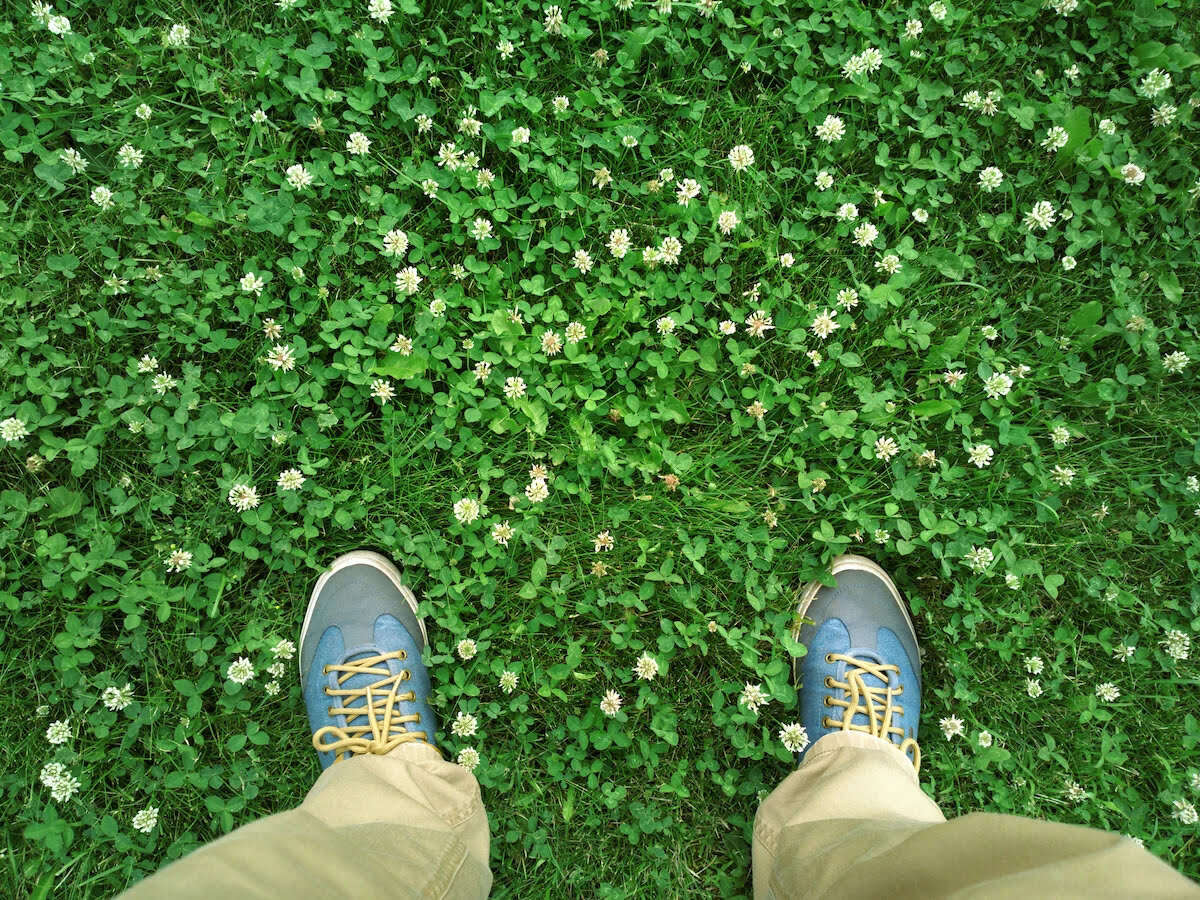
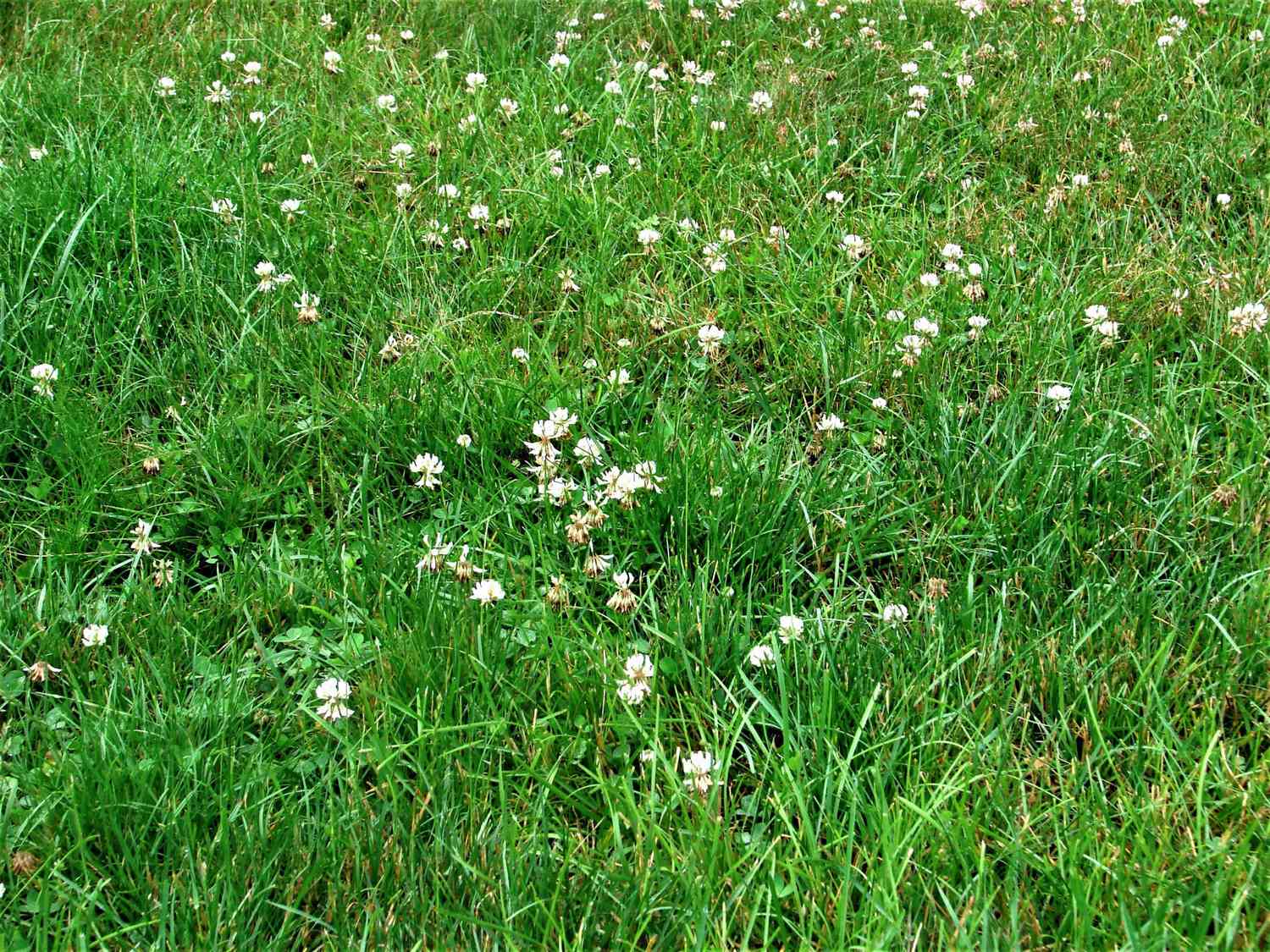
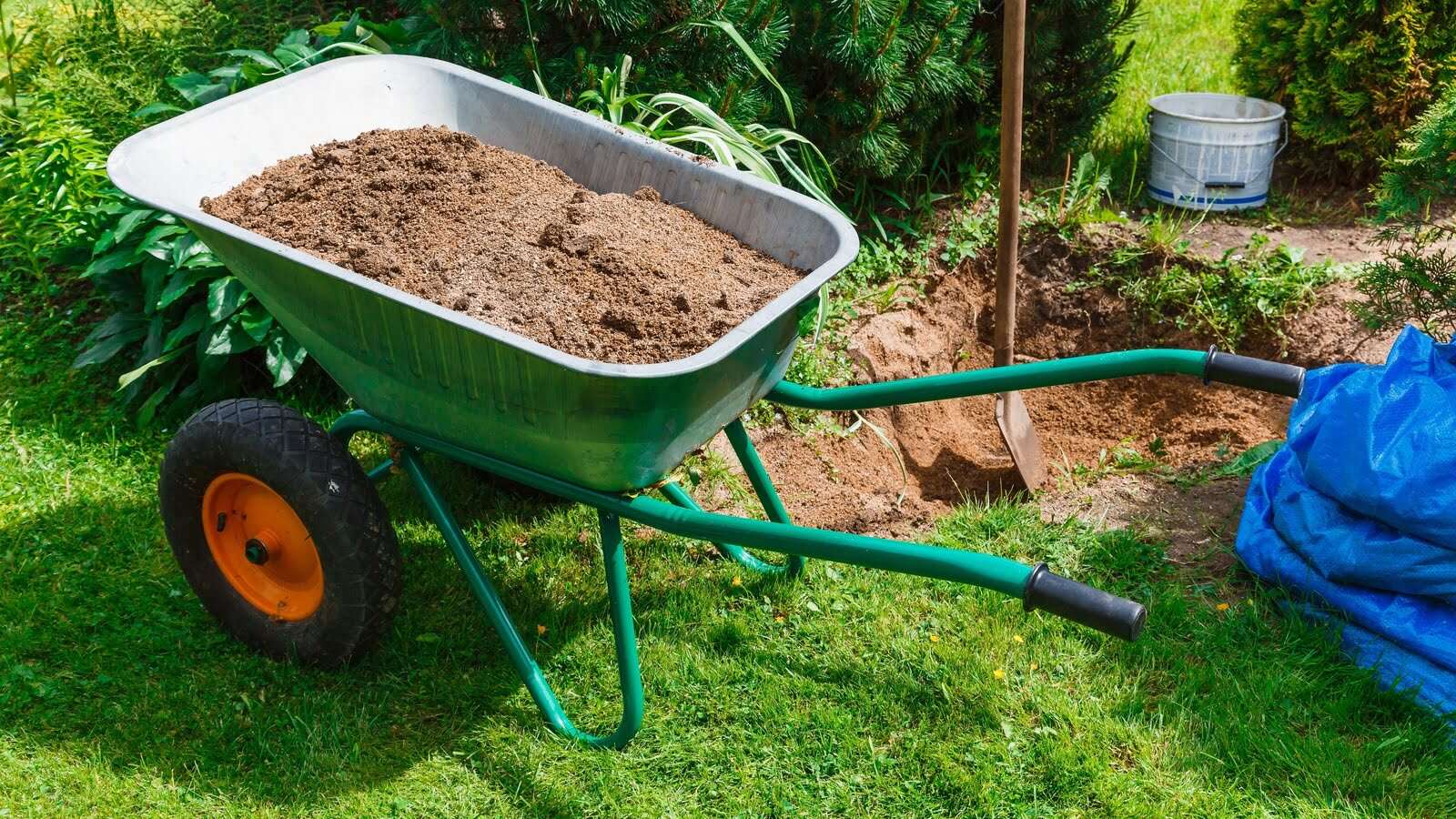
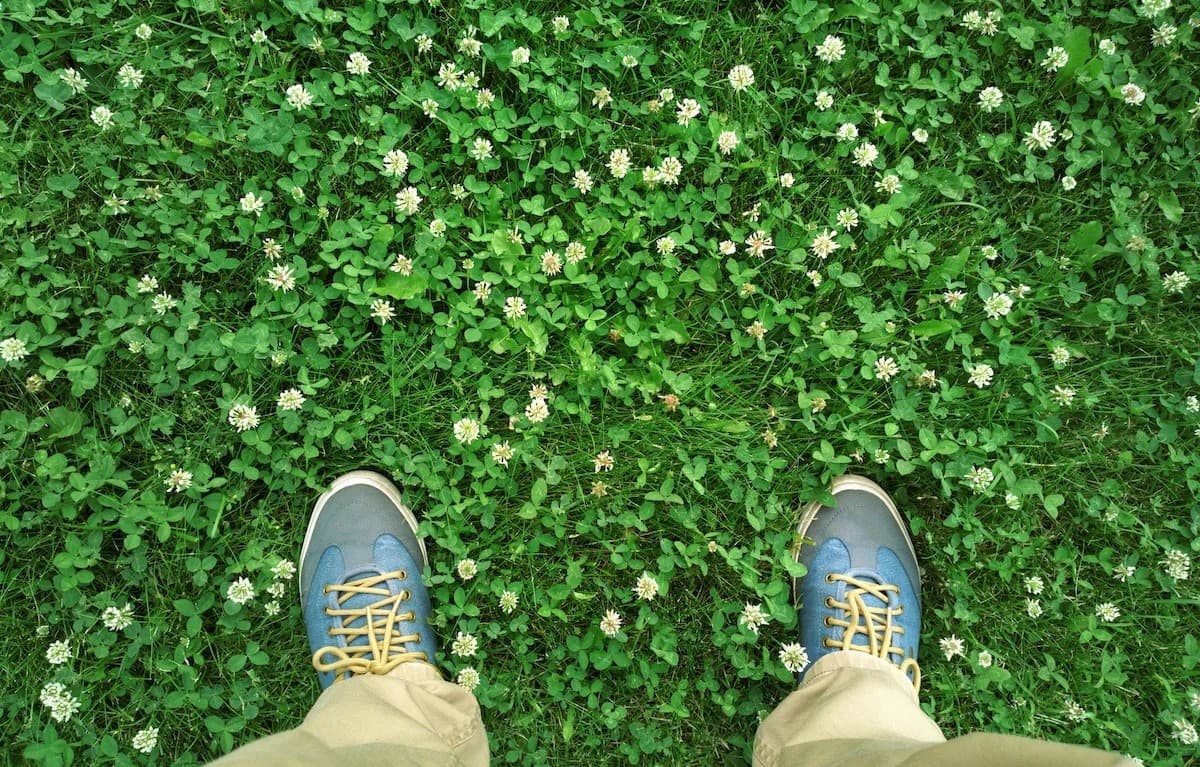
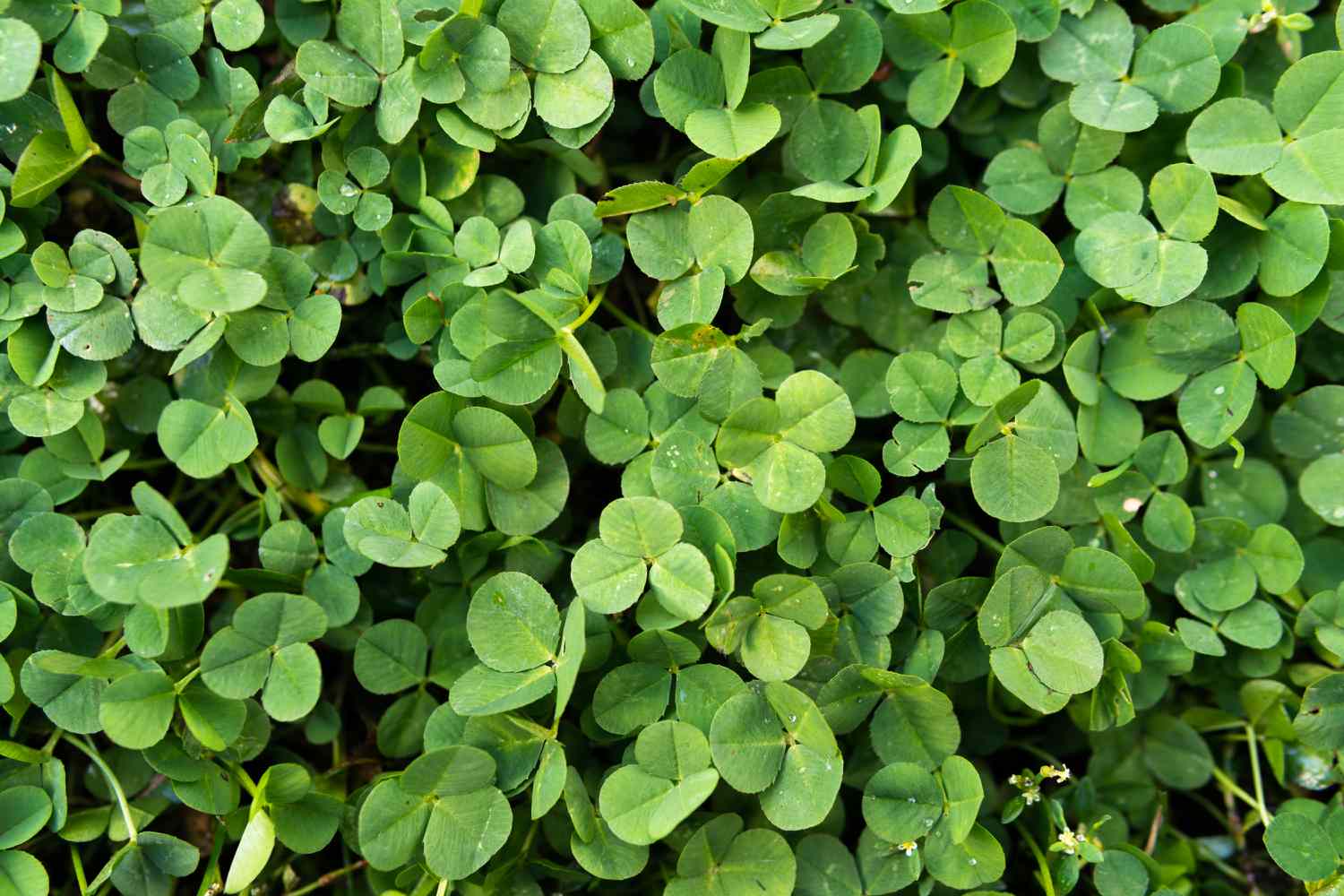
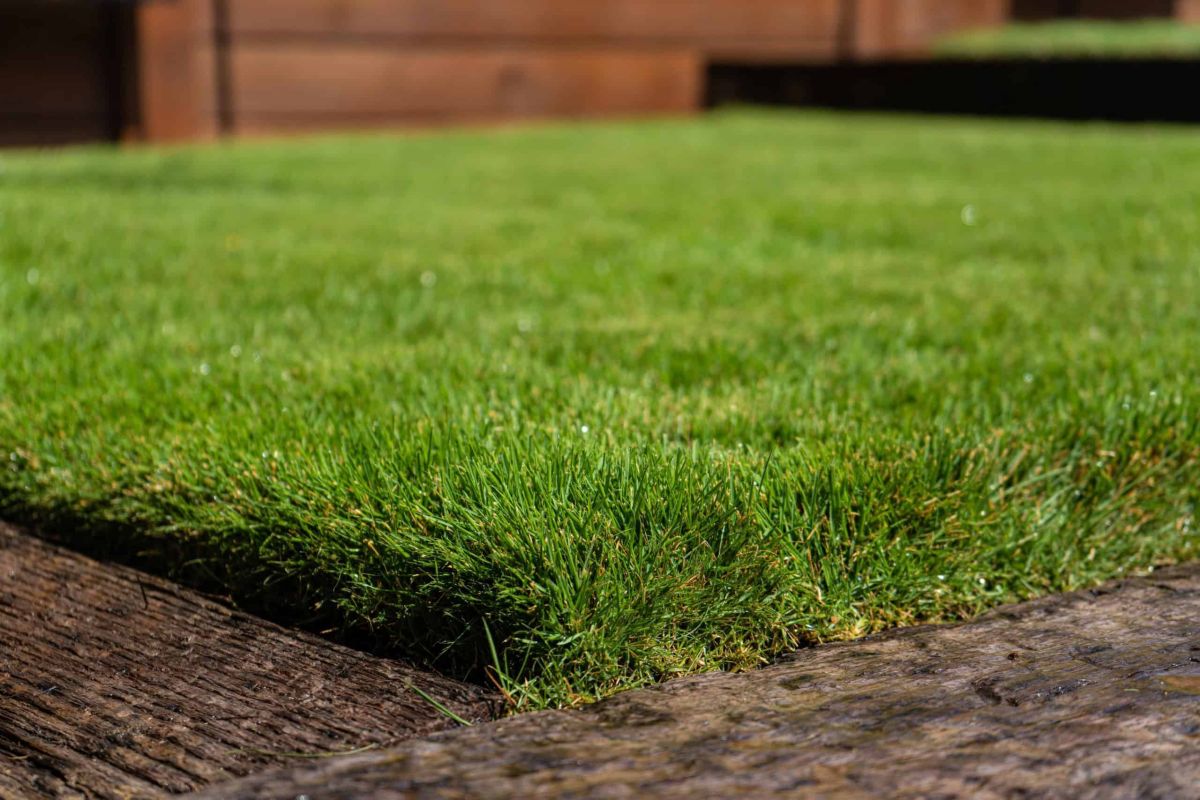
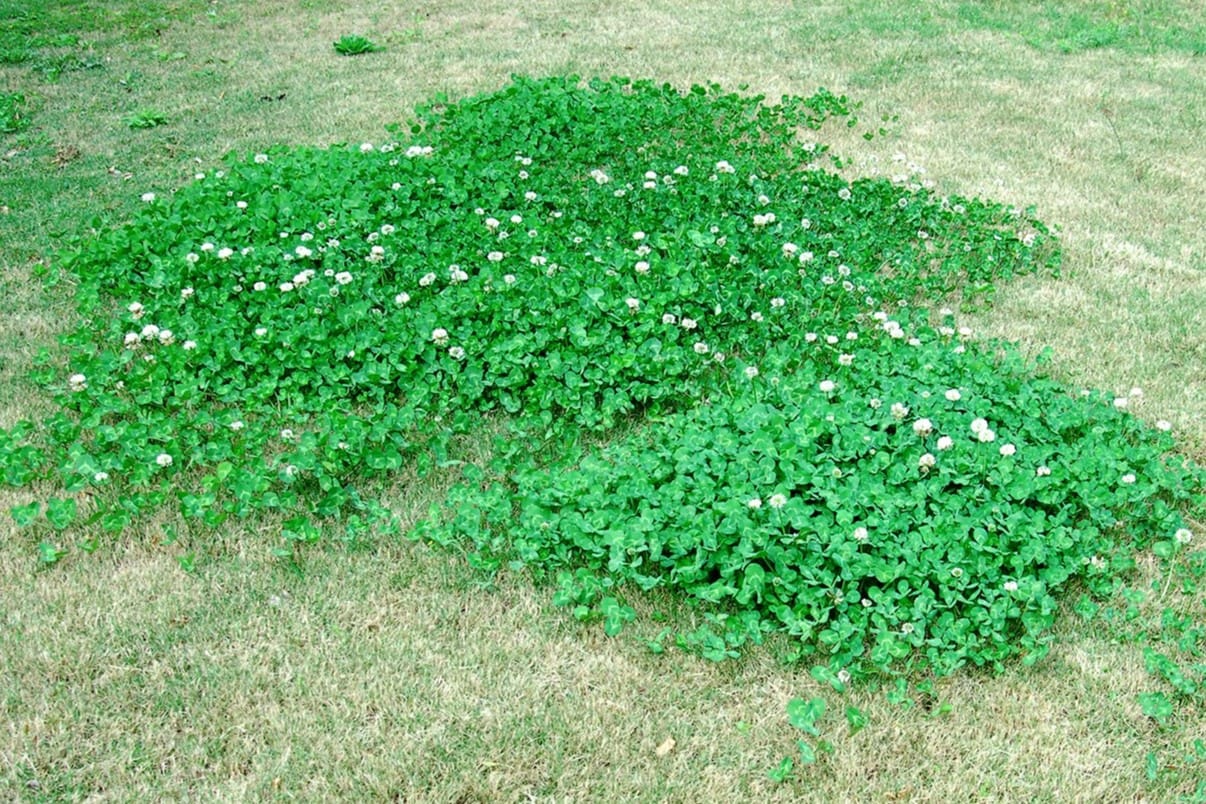


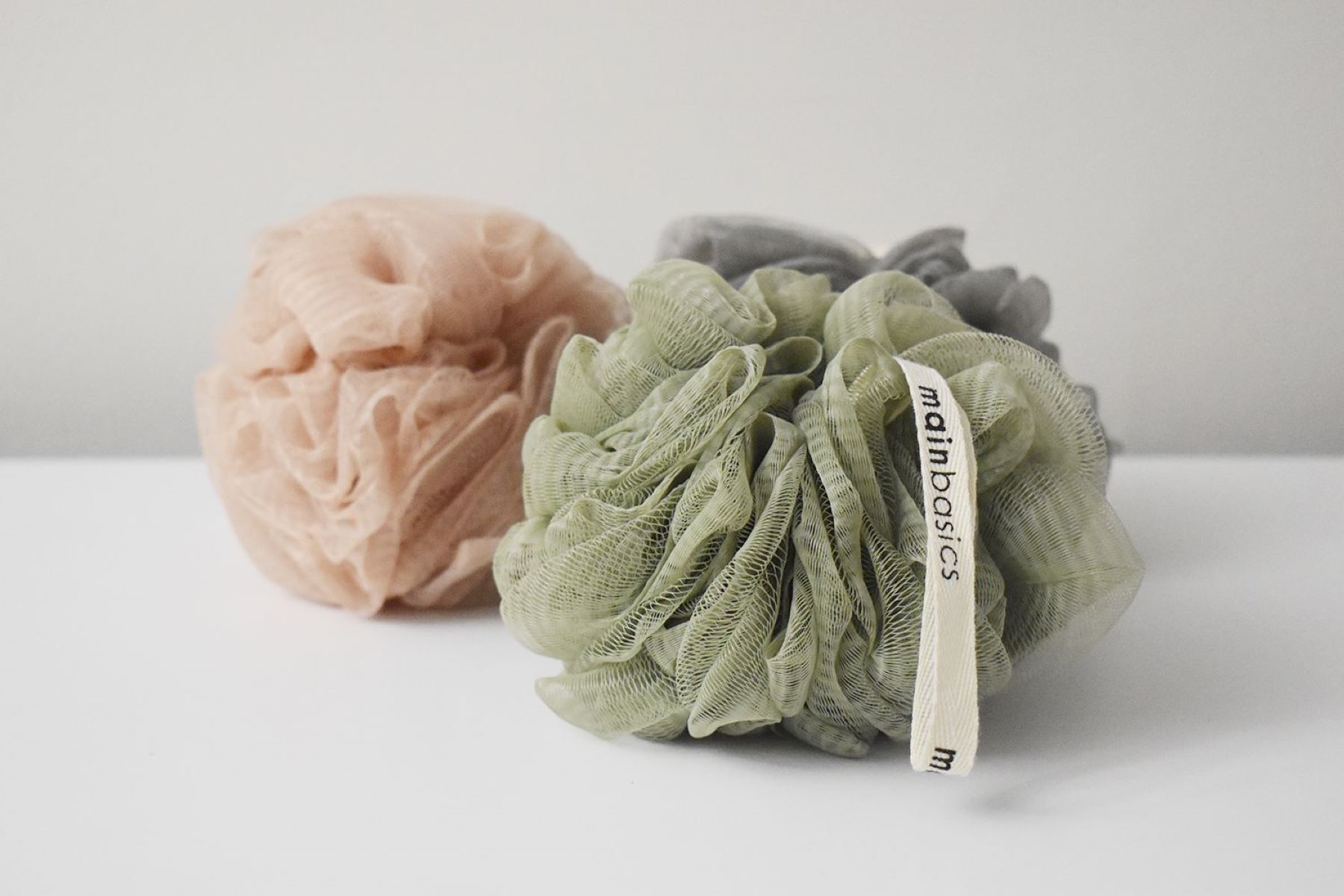

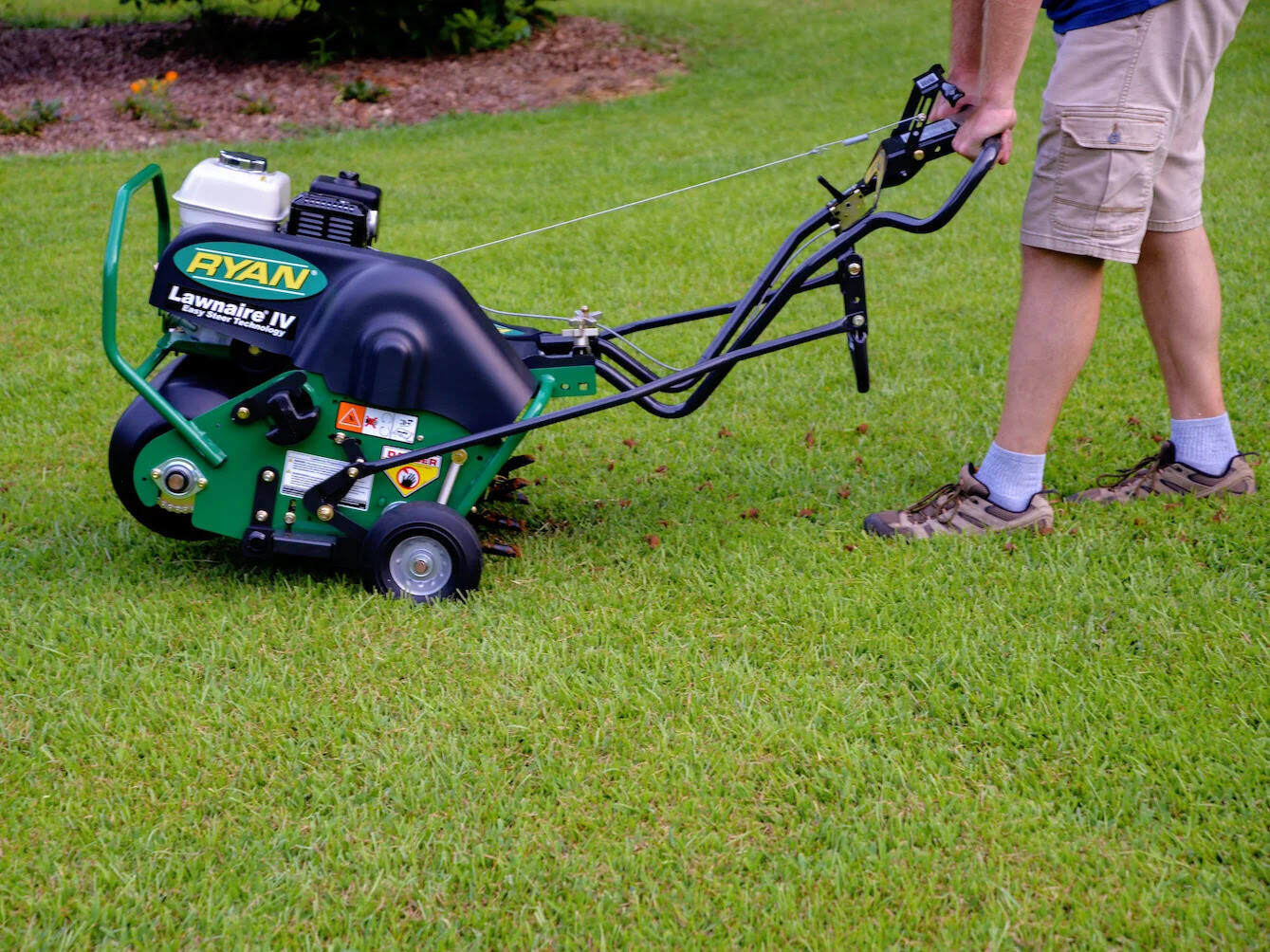
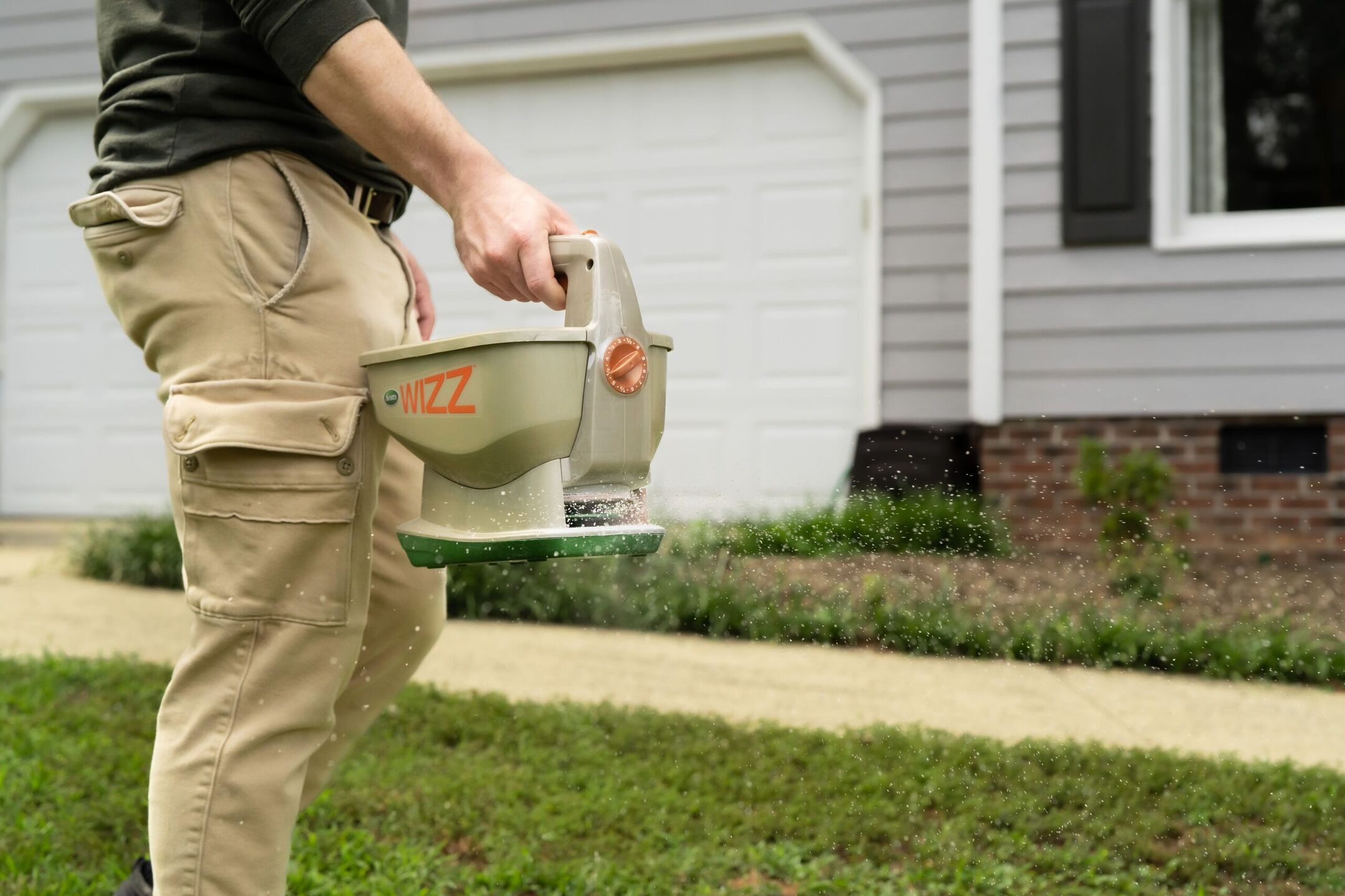
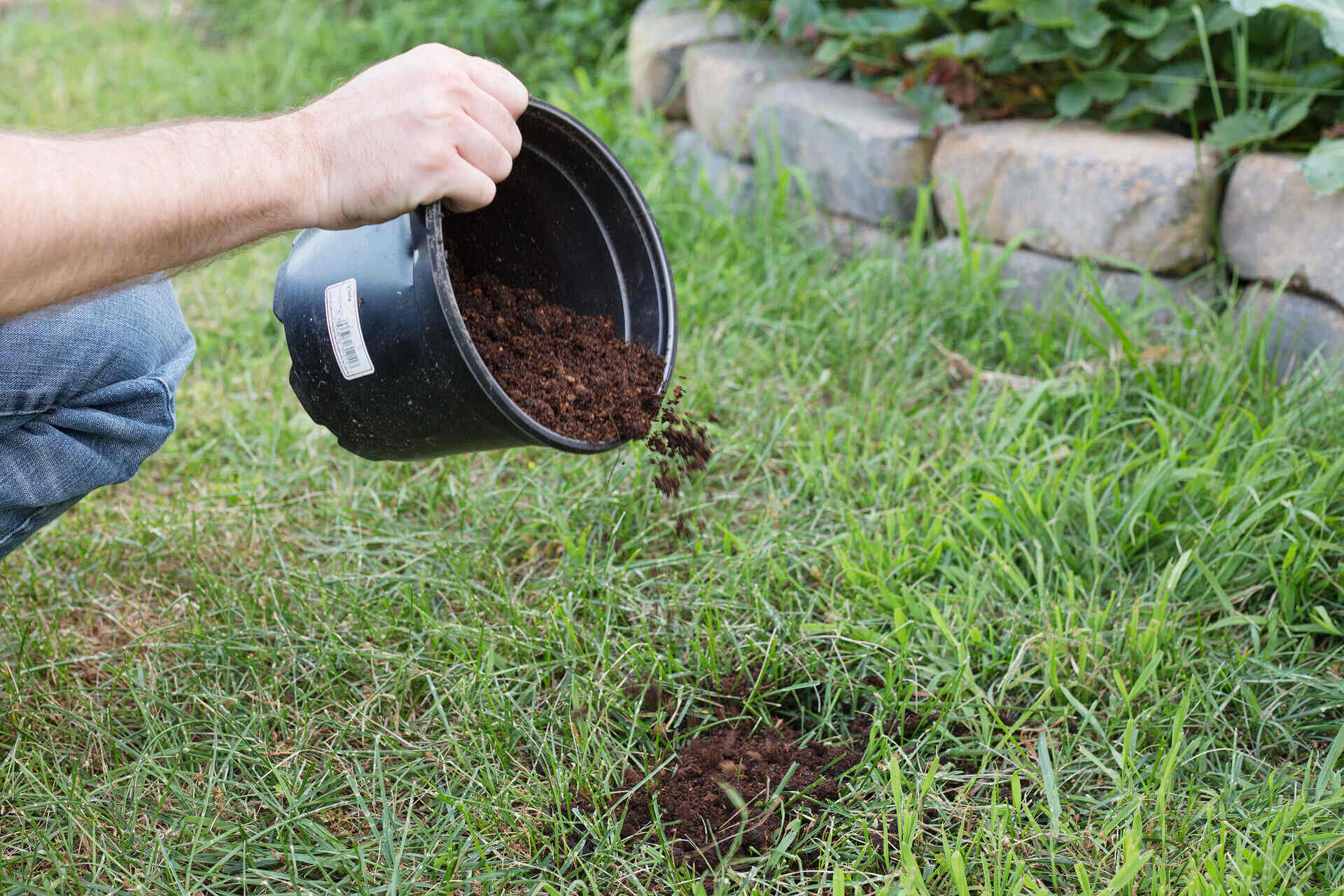

0 thoughts on “What Type Of Clover Is Best For Lawns”